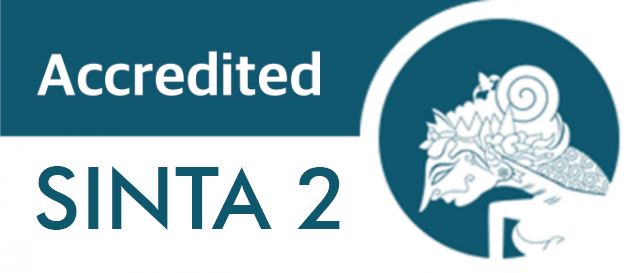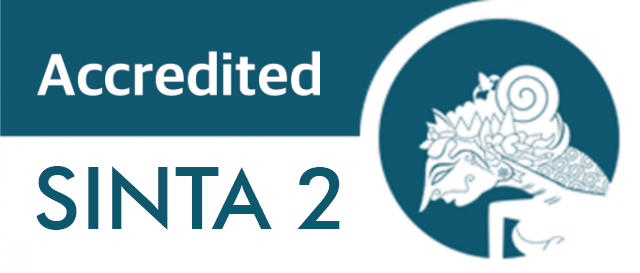Very Late Onset Schizophrenia Like Psychosis: A Case Report
Downloads
Introduction: With the growth of the aging population, we need to ensure that elderly people can live the rest of their lives with a satisfactory quality of life. However, the occurrence of psychosis in the elderly, especially at a later age, is a risk for decreased quality of life and a high risk of morbidity and mortality. The first episode of psychosis in age 60 or over is called very late-onset schizophrenia-like psychosis (VLOSLP) and needs to be distinguished from secondary psychosis such as Alzheimer’s Disease (AD) with psychotic symptoms. Case: A 77-year-old woman was brought by her family to the geriatric psychiatry clinic due to strange behavior such as hearing voices and obeying the voices’ commands since the last 6 months that worsened in the last month. In the last month, the patient also had sleeping difficulty, pacing at night, and accusing family of trying to harm her. After one month of therapy with Risperidone, the patient was showing improvement in the reduction of the voices. Discussion: The patient was assessed as VLOSLP with the first episode of psychosis with schizophrenia spectrum core symptoms such as paranoid delusion and auditory-verbal hallucination. Conclusion: In this case, clinicians work with insufficient additional examination data, and that could also apply to clinicians in the remote area with no access to more comprehensive modalities to differentiate early stages of AD with psychosis and VLOSLP from clinical symptoms. However, more data is needed to establish clinical criteria regarding VLOSLP.
Copyright (c) 2025 Vini Victoria, Yulia Fatima Bessing, Erikavitri Yulianti

This work is licensed under a Creative Commons Attribution-ShareAlike 4.0 International License.
1. Copyright of this journal is possession of the Author, by the knowledge of the Editorial Board and Journal Manager, while the moral right of the publication belongs to the author.
2. The journal allows the author(s) to retain publishing rights without restrictions.
3. The articles are published under a Creative Commons Attribution Share-Alike (CC BY-SA) license. Many research funding bodies prefer the CC BY-SA license because it allows for maximum dissemination and re-use of open access materials. Users are free to share (copy, distribute, and transmit) and remix (adapt) the contribution under this license, including for commercial purposes, as long as they attribute the contribution in the manner specified by the author or licensor.
























